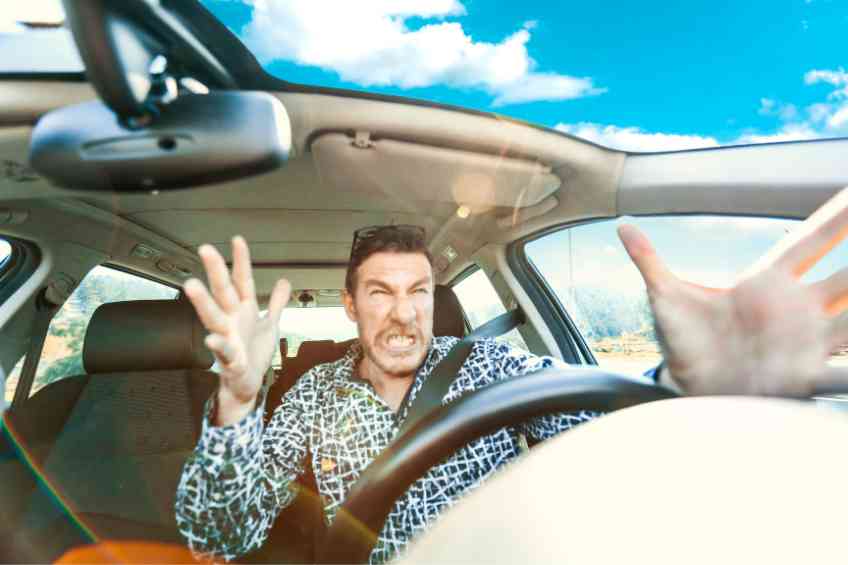By John Sdalak –
Road rage is everywhere and it’s not just the other guy who’s out of control. Zebra.com reports that over 80 percent of drivers admit personally committing an act of road rage over the past year.
Admittedly, most times this rage is limited to excessively honking a car horn, perhaps shouting at another driver or delivering a notable hand gesture. But unfortunately, aggressive behavior doesn’t always end with a brief blowup. It can lead to speeding, cutting off drivers and moving to physically harm others. The American Automobile Association, in fact, reports that dozens of people are killed every year from road rage and thousands are injured.
What’s more, this aggression feeds on itself. The American Psychology Association notes that about half of drivers respond to road rage with aggressive behavior themselves.
Britain’s University of Warwick recently tried to get a handle on the extent of the problem by identifying the characteristics of road rage, which impacts all drivers and may even have an effect on self-driving cars of the future.
In what the university maintains is the first study to identify aggressive driving characteristics systematically, its researchers measured the changes in driving that occur in an aggressive state. Ultimately, they found that aggressive drivers go faster and make more mistakes than non-aggressive drivers, which puts other road warriors at risk and makes it more challenging for engineers to develop safe self-driving car technology.
The university defined aggressive driving as anything that intentionally endangers others psychologically, physically or both. Two key characteristics of this behavior include driving 5 kilometers an hour faster than nonaggressive drivers and making more driving mistakes, such as not signaling to change lanes.
“This research is significant because, as the era of autonomous vehicles approaches, road traffic will be a mix of both autonomous and non-autonomous vehicles, driven by people that may engage in aggressive driving,” explained lead author Zhizhuo Su, a Ph.D. student at Warwick. “This is the first study to characterize aggressive driving behavior quantitatively in a systematic way, which may help the autonomous vehicles identify potential aggressive driving in the surrounding environment.”
The research also underscores the ongoing personal cost of road rage. Improved vehicle safety, changes in road safety policies and infrastructure changes have all helped curtail road casualties. However, aggressive driving remains the leading cause of crashes.
“To make driving safer, our research focuses on methods for understanding the state of the driver, to identify risky driving behaviors, through the use of driver monitoring systems. This will enable the driver to be alerted when they are at an increased risk of an accident and allow the vehicle to deploy calming methods, such as altering the cabin noise level, playing relaxing music or ultimately reducing the speed of the vehicle,” added study co-author Roger Woodman, an assistant professor at the university.
The researchers noted that both drivers and municipalities need to take the consequences of road rage seriously and to become aggressive in suspending the driving privileges of those who cross the line. Driving licenses, after all, are a privilege, not a right.













